Sometimes the “fix” for our dogs behavior can be something so simple we don’t even think about it. That’s where the magic of management comes in.
All dogs come into this world exhibiting natural behaviors that require some degree of modification if they are going to live in harmony with their human pack.
Some of these behaviors include :
- potty when and where you like
- chew what you like
- bark when you like
- dig where you like
- chase what you like
- eat any food that is not being guarded
- and many more…
Rather than punishing your dog for acting like a dog, use management to prevent problem behaviors and teach your dog how you would like him to behave.
Management not only prevents many problem behaviors from occurring, it can dramatically decrease the likelihood of bad habits developing. If a puppy doesn’t have the opportunity to chew shoes while he’s young, there’s a very good chance he will never have an interest in chewing shoes.
 Get your relationship started on the right foot by using management to set your dog up for success!
* Tip - if you find yourself saying “Fido – NO!†all the time, there’s a very good chance you are not taking full advantage of the management tools listed below.
Management Tools:
Enclosures Doors, gates, fences, crates, tethers, baby gates or exercise pens
Keep all new puppies and dogs from getting into trouble by confining them to a safe area when they can’t be supervised; teach household rules, and then gradually provide freedom as your dogs behavior permits.
Equipment Leash, collar, body harness and head halter
If your dog is pulling on the leash consider using a control body harness or head halter to ensure the pulling behavior doesn’t become a bad habit. You can then train your dog how to walk on a standard collar without pulling.
Exercise I list exercise as a Management Tool because there is often a direct correlation between how well a dog behaves and the amount of exercise provided. A well-exercised dog is far more likely to behave than the dog that gets little or no exercise and needs to find “creative” ways to release pent-up energy. Every dog needs mental and physical exercise on a daily basis.
A Well Exercised Dog IS A Good Dog !
*Tip – dogs usually benefit greatly from any exercise that occurs in the morning.
 Exercise Ideas:
- Walk, jog or run with your dog.
- Games – Fetch, Tug, Hide-n-Seek, Find It
- Chew Toys - All puppies need something to chew on and most adult dog would like something too. Keep your dog from chewing forbidden objects by providing plenty of legal chewies.
- Roll-A-Treat Ball and Buster Cubes – reduce the likelihood of your dog from becoming anxious when left alone by providing a toy with extra special goodies in it just before you leave. Providing physical exercise before you leave can also help prevent anxiety.
- Dig Pit – If your dog loves to dig consider a legal dig pit. Build a sandbox or fill a kiddie pool with sand, bury a butchers bone along with other good things in it and you’re ready to go! If your dog tries to dig any other place just send him back to the dig pit.
- Kiddie Pool – If you have a dog that loves the water consider a kiddie pool.
- Make meals more excited by feeding from a Kong, Buster Cube or Roll-A-Treat ball.
- If your dog loves playing with other dogs consider play dates with neighbors or a visit to a Doggie Daycare facility.
* Tip – rotate toys to help keep your dogs interest in them high, rather than leaving all toys out and available to your dog at all times.
How Management Works:
- Your dog can’t chew up the wrong things if he is confined to an exercise pen when unsupervised.
- Your dog can’t jump on people at the door if you step on his leash or put him in a crate before company comes.
- He won’t raid the garbage if he can’t get to it. Get covered trashcans, or put trashcans in a cupboard.
- Your dog can’t chew shoes or children’s toys if they are picked up or kept behind closed doors.
- He won’t steal food if nothing is left on the counters or if he is kept in a crate or tethered while you’re preparing food and eating.
- Your dog won’t bother the neighbors with his barking or dig up the yard if you bring him inside. Dogs are generally much calmer when left indoors rather than out.
- He won’t run into traffic if kept on-leash, on a tie-out or behind a fence when outdoors.
- Your dog can’t eat the cat food if it’s out of reach.
- He can’t drag you around the neighborhood if you use a head halter or control body harness.
- He won’t bark at the window for territorial reasons if the curtains or blinds are closed.
Your dog can’t jump all over young children, nip at their heels or steal their food if you closely monitor all interaction. Dogs should not be allowed to interact with young children unsupervised until taught how to behave appropriately around them.
Your dog is far less likely to display inappropriate behavior if he is adequately exercised.
Management alone doesn’t usually teach your dog how to behave, but it sure can make life easier while you’re working through the training process. And there may be times when you choose use management as a permanent solution instead of training. For example, you could choose to make trash inaccessible rather than training your dog to stay out of it. That would be fairer than yelling at your dog every time you returned home and found trash on the floor.


